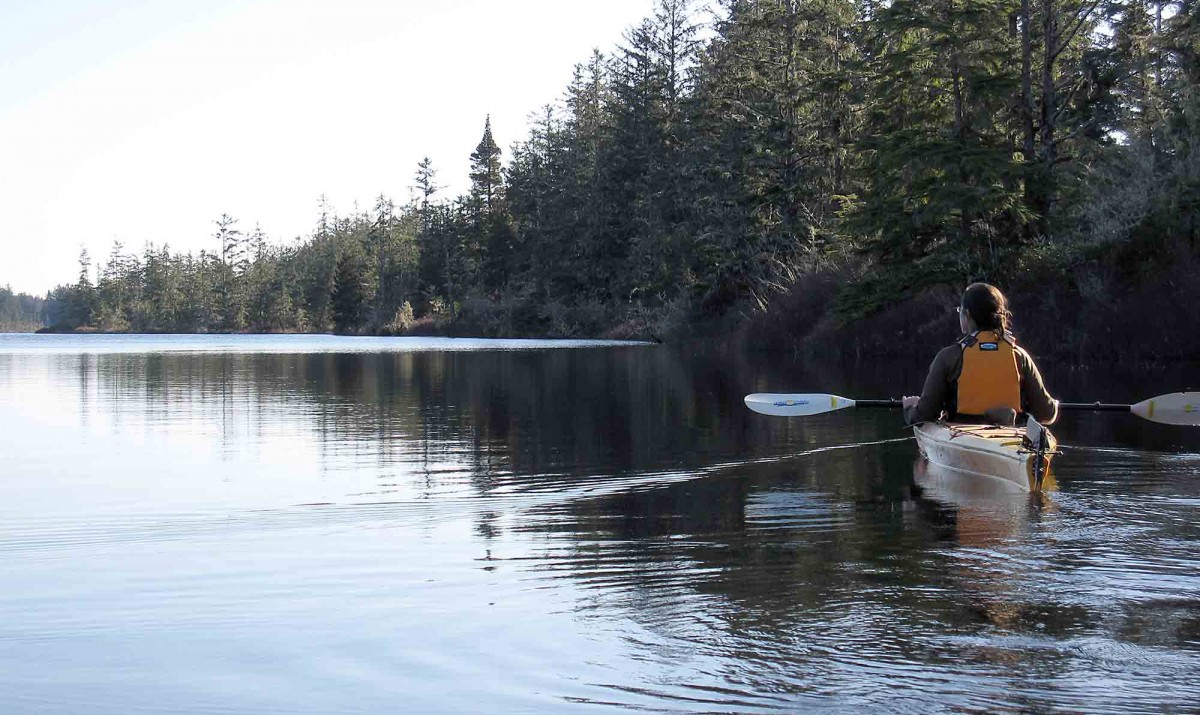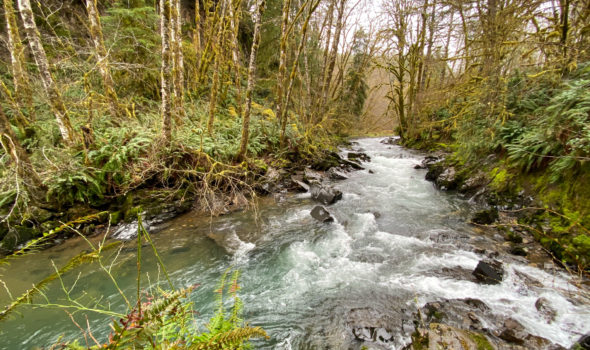Featured Story
Changes on the Grays
Author and ecologist Robert Michael Pyle offers an introduction to his home waters, the Grays River.
In a time of travel blogs and Instagram influencers, it can feel as if the secret places of the Pacific Northwest have all been shared. Yet, despite being just two hours from Portland and three from Seattle, the Grays River still flows in relative obscurity. The Grays drains a 90,000-acre watershed from the broad emerald valleys of the Willapa Hills to the Columbia River, just 20 miles east of the Pacific Ocean in Southwest Washington. This is timber country—home to a few thousand people…
Read More
